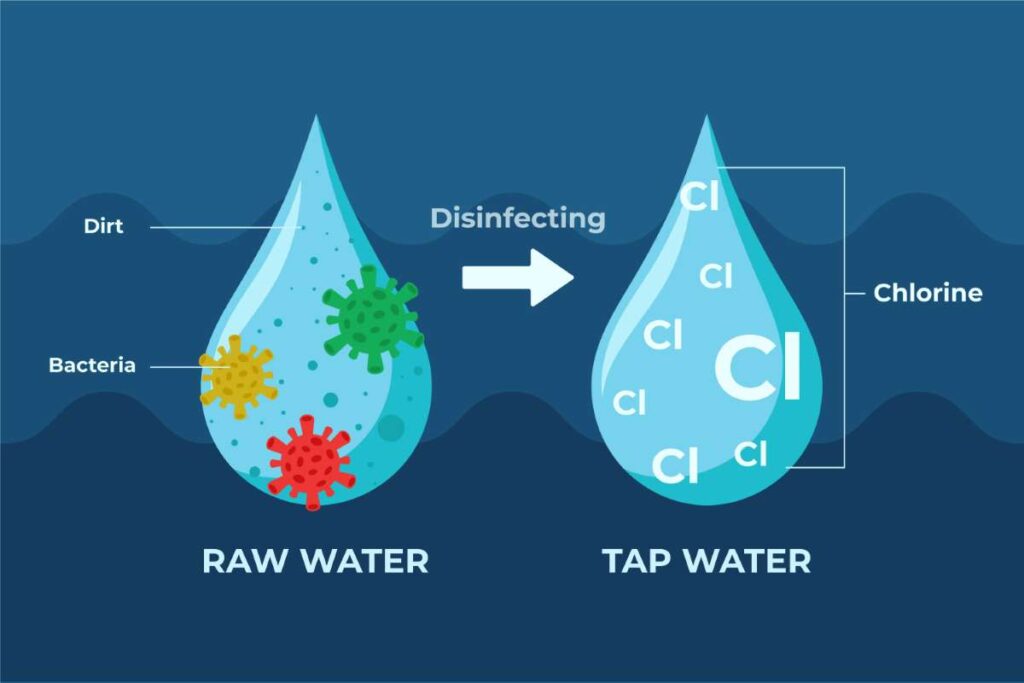Santa Rosa, California is known for its beautiful landscapes and mild climate, but cleaning in extreme weather poses unique challenges. Discover our SOPs for effective cleaning strategies.
SOPs for Cleaning in Extreme Weather in Santa Rosa, California
When it comes to maintaining cleanliness in Santa Rosa, California, the weather can be unpredictable. From intense rainstorms to heatwaves, understanding how to adapt cleaning processes is crucial for both commercial and residential spaces. This blog post will outline Standard Operating Procedures (SOPs) to effectively manage cleaning tasks in extreme weather conditions, ensuring that cleanliness and hygiene are upheld without compromising safety or efficiency.
Cleaning professionals and homeowners alike face unique challenges when dealing with Santa Rosa’s variable climate. Extreme weather events, whether they be scorching heat or torrential rainfall, require specific strategies to maintain cleanliness and safety. In this post, we will explore comprehensive SOPs that address these weather extremes, providing insights into best practices, tools, and strategies to ensure effective cleaning under challenging conditions.
We’ll delve into key areas such as preparation for extreme weather, safety measures, cleaning techniques specific to different weather scenarios, and the importance of ongoing training for cleaning teams. By the end of this article, you will have a solid understanding of how to prepare for and respond to cleaning challenges presented by extreme weather.
Preparation for Extreme Weather: Planning Ahead
Preparation is the cornerstone of effective cleaning during extreme weather conditions. In Santa Rosa, fluctuating weather patterns necessitate proactive planning to mitigate potential impacts on cleaning operations. Establishing a weather monitoring system is essential. Regularly checking forecasts allows teams to anticipate adverse conditions and make necessary adjustments to schedules and cleaning protocols.
In addition to monitoring weather, having an emergency response plan in place is critical. This plan should outline specific procedures for different weather scenarios, including severe storms or heatwaves. Make sure to stock necessary supplies, such as cleaning agents that can be used in high humidity or insulated equipment for extreme heat.
Moreover, training employees on these plans ensures everyone understands their roles and responsibilities during weather-related challenges. Regular drills and updates to the SOPs will keep the team informed and prepared.
Safety Measures: Protecting Personnel
Beyond preparing for cleaning tasks, safety measures must be prioritized. Extreme weather can pose significant risks to cleaning personnel, and adhering to safety protocols is crucial. For instance, during heatwaves, implementing heat stress prevention measures, such as providing hydration stations and encouraging regular breaks, is essential.
During rainy conditions, ensure that staff are equipped with non-slip footwear and that wet areas are clearly marked. A slip-and-fall accident can have serious consequences, so using absorbent mats and ensuring proper drainage is vital.
Furthermore, educating staff on recognizing the signs of extreme weather—such as thunderstorms or flash floods—can help them make informed decisions about whether to proceed with outdoor cleaning tasks or seek shelter. Safety should always be the first priority, and protocols should reflect that commitment.
Cleaning Techniques for Different Weather Conditions
Different weather conditions require tailored cleaning techniques. For example, during heavy rains, outdoor areas may need special attention to prevent mold and mildew growth. Ensuring that gutters and drains are clear before storms can help minimize flooding and debris accumulation.
On the other hand, in high temperatures, it’s vital to use cleaning solutions that do not evaporate too quickly. This can ensure that cleaning agents have adequate time to work effectively. Techniques such as using low-pressure washing can also help minimize dust and buildup from surfaces without causing damage.
Moreover, for harsh winds, it’s advisable to schedule outdoor cleaning tasks during calmer times. Recognizing the right timing can enhance cleaning efficacy and safety, making operations smoother and more efficient.
Ongoing Training and Development: Keeping Teams Informed
The cleaning industry is constantly evolving, and staying updated with the latest techniques and safety protocols is essential for effective cleaning in extreme weather. Regular training sessions can provide staff with the knowledge and skills they need to adapt to changing weather conditions.
Consider holding workshops that focus on new cleaning materials and equipment that are designed for extreme conditions. Also, ensuring that your staff is familiar with the SOPs and emergency procedures will empower them to act decisively in adverse situations.
Leveraging online training resources can also be beneficial for keeping staff informed about best practices related to safety and cleaning techniques specific to weather challenges. This ongoing education not only enhances skill sets but also builds a culture of safety and professionalism.
Leveraging Technology in Extreme Weather Cleaning
Technology can play a significant role in enhancing cleaning efficiency during extreme weather conditions. Using specialized equipment such as weather-resistant pressure washers or industrial vacuums designed for wet conditions can help in maintaining cleanliness without compromising safety.
Moreover, employing scheduling software that accounts for weather conditions can optimize cleaning routes and ensure that tasks are performed when conditions are most favorable. This can significantly reduce downtime and enhance productivity.
For larger facilities or operations, consider investing in weather monitoring sensors that can provide real-time data on environmental conditions. This information can help teams make informed decisions on when and how to proceed with cleaning tasks.
Best Practices for Maintaining Equipment
Maintaining cleaning equipment is critical, especially when weather conditions are extreme. Regular inspections and servicing of tools and machines help ensure their longevity and effectiveness. In Santa Rosa, where humidity can be a concern, proper storage of equipment is essential to prevent rust and damage.
For outdoor equipment, using protective covers can shield machines from the elements when not in use. Additionally, keeping inventory checks on cleaning supplies ensures that you are always prepared for sudden weather changes without unnecessary delays.
Implementing a routine maintenance schedule for equipment, along with training staff on proper usage and storage, can prevent many issues related to weather extremes. This proactive approach can save time and money in the long run.
Creating a Culture of Communication
Effective communication is crucial, especially in managing cleaning operations during extreme weather. Setting up clear channels of communication ensures that all team members are informed about changes in scheduling, safety protocols, and weather alerts.
Consider implementing a group messaging app or platform where updates can be shared promptly. This allows for real-time communication, enhancing responsiveness and coordination among team members.
Encouraging open dialogue will also foster a sense of teamwork and collaboration, allowing staff to voice concerns or suggestions about cleaning practices during extreme weather, ultimately leading to better outcomes.
Conclusion: The Importance of Preparedness and Responsiveness
Cleaning in extreme weather conditions in Santa Rosa, California, requires a proactive approach that encompasses preparation, safety, and effective communication. By implementing comprehensive SOPs tailored to address weather extremes, cleaning professionals can ensure that operations remain efficient and safe.
Remember, the ultimate goal is to provide a clean and safe environment, regardless of the weather. Investing in training, technology, and best practices will empower your cleaning teams to navigate any challenge effectively. As you prepare for the next weather event, consider the strategies outlined in this post to enhance your cleaning practices.
If you’re looking to explore the potential of owning a cleaning business that can weather the storms of any climate, check out the opportunities available through [Pool Routes for Sale](https://pool-routes-for-sale.com/). With established customer bases and immediate income potential, investing in a pool service route could be your next best step.



